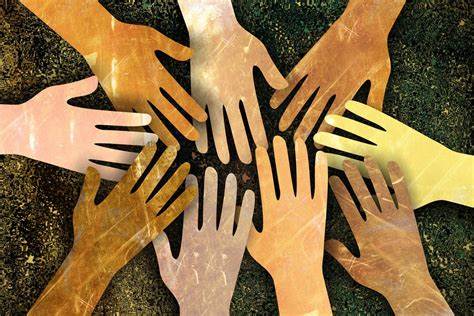In a world marked by its rich tapestry of cultures, each corner of the globe unveils its own unique beauty and heritage. From the vibrant festivals of Asia to the ancient traditions of Africa, and the artistic expressions of Europe to the indigenous wisdom of the Americas, the diversity of human culture is a testament to our creativity, resilience, and interconnectedness.
One of the most striking aspects of cultural diversity is the myriad of traditions that shape everyday life. Whether it’s the intricate rituals of Japanese tea ceremonies, the rhythmic dances of flamenco in Spain, or the storytelling traditions of Indigenous peoples in Australia, every culture offers a window into its values, beliefs, and history through its customs and traditions.

Language, too, is a powerful reflection of cultural identity. From the lyrical verses of Persian poetry to the melodic tones of Mandarin Chinese, languages carry the nuances and nuances of culture, shaping the way we perceive the world and communicate with one another. Through language, we not only express our thoughts and emotions but also preserve our cultural heritage for generations to come.
Cuisine is another integral part of cultural identity, serving as a gateway to understanding different societies and their histories. Whether it’s the spicy flavors of Indian curry, the delicate sushi of Japan, or the hearty pasta dishes of Italy, food embodies the essence of a culture, blending flavors, techniques, and traditions passed down through generations.
Beyond these tangible expressions of culture, there is also an intangible beauty that lies in the diversity of worldviews, beliefs, and philosophies. From the spirituality of Hinduism to the humanism of Confucianism, and the animism of Indigenous cultures to the monotheism of Islam, each belief system offers its own perspective on life, morality, and the cosmos, enriching our collective understanding of the human experience.
Yet, for all its richness and diversity, cultural heritage is not immune to the forces of globalization, modernization, and social change. As societies evolve and interact in an increasingly interconnected world, the preservation of cultural diversity becomes ever more crucial. By celebrating and respecting the cultures of others, we not only honor their heritage but also enrich our own lives, fostering mutual understanding, empathy, and cooperation across borders and boundaries.
In the end, the beauty of cultural diversity lies not only in the richness of its traditions, languages, and cuisines but also in the connections forged between people from different backgrounds and experiences. By embracing our differences and learning from one another, we can truly appreciate the kaleidoscope of cultures that make our world a vibrant and dynamic tapestry of human expression.
